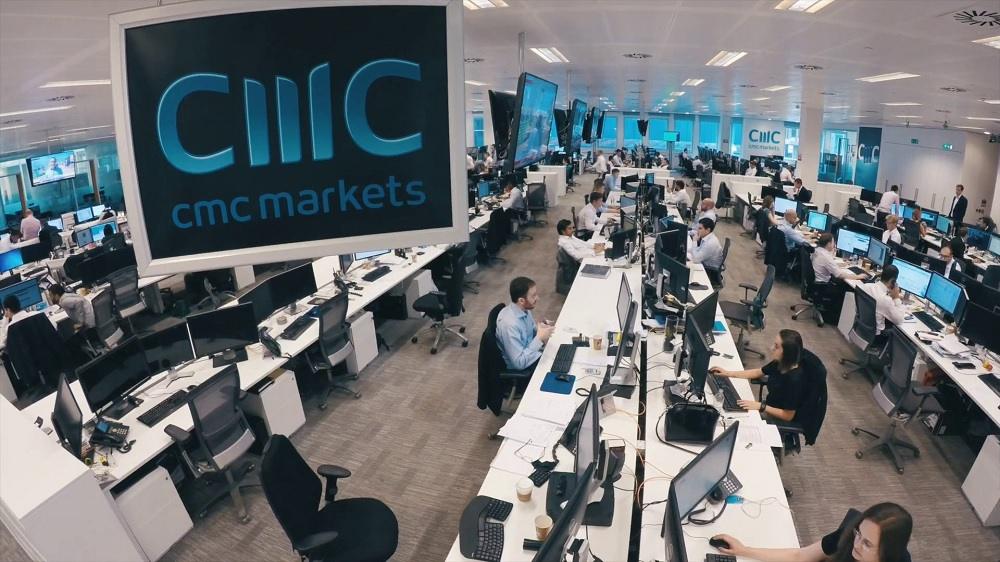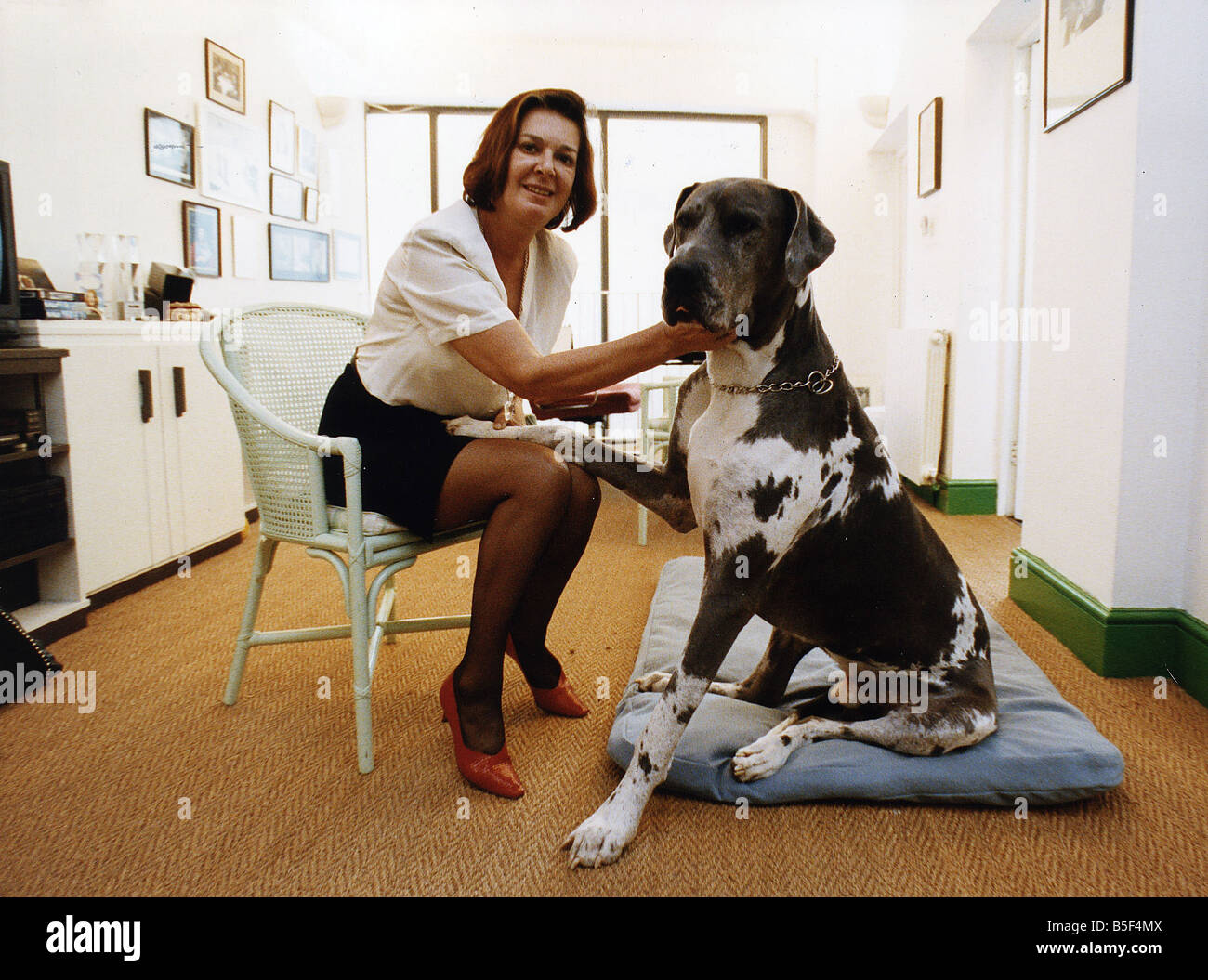Deciphering The Hells Angels: Culture, Ideology, And Operations

Table of Contents
The Hells Angels' Rich History and Evolution
Early Days and Founding
The Hells Angels Motorcycle Club's origins trace back to 1948 in San Bernardino, California. Founded by a group of World War II veterans, the initial activities centered around motorcycle rallies and camaraderie, a typical element of early biker culture.
- Founding date: 1948
- Founding location: San Bernardino, California
- Key early members: While specific names and roles from the early days are often shrouded in secrecy, the club's founding members established the foundational structure and ideology that persists to this day.
- Initial club activities: Motorcycle rallies, bar fights, and displays of machismo were commonplace. Early conflicts stemmed from territorial disputes with other motorcycle clubs, laying the groundwork for future rivalries.
Expansion and Globalization
From their humble beginnings, the Hells Angels expanded aggressively, establishing chapters across the United States and eventually internationally. This growth wasn't uniform; it involved strategic alliances, brutal conflicts, and adaptation to varying legal and social environments.
- Key milestones in territorial expansion: The 1960s and 70s saw significant expansion across the US, followed by international growth in subsequent decades.
- Establishment of chapters in different countries: The HAMC now boasts chapters in numerous countries worldwide, reflecting the club's global reach and influence.
- Adaptation to different cultural contexts: The club's adaptation to different cultures and legal systems varies, often necessitating adjustments in their operations and strategies.
- Impact of globalization on club structure and operations: Globalization has presented both opportunities and challenges, affecting the club's structure, communication networks, and criminal activities on an international scale.
Understanding the Hells Angels' Ideology and Symbolism
The "1%er" Patch and its Significance
The iconic "1%er" patch is arguably the most recognizable symbol of the Hells Angels. This patch, adopted in the 1940s, signifies their rejection of mainstream society and their embrace of an outlaw biker identity.
- Origin and history of the "1%er" patch: The patch emerged as a response to the American Motorcycle Association's claim that 99% of motorcyclists were law-abiding citizens.
- Its association with rebellion and outlaw biker culture: The patch represents a deliberate defiance of authority and a proud embrace of a counter-cultural lifestyle.
- How it shapes the club's public image: The patch is a powerful symbol, instantly associating the club with rebellion, danger, and a disregard for societal norms.
Club Structure, Hierarchy, and Rules
The Hells Angels operate under a strict hierarchical structure. This rigid organizational system, with clearly defined ranks and responsibilities, ensures efficient execution of their activities and the enforcement of club rules.
- Different ranks and roles within the club: The hierarchy typically includes President, Vice President, Sergeant at Arms, and various other ranks, each with specific duties and responsibilities.
- Decision-making processes and leadership structure: Decisions are typically made by the leadership council, ensuring centralized control and coordination of activities.
- Enforcement of rules and consequences of violations: Violations of club rules can result in severe consequences, ranging from fines to expulsion or even violence.
The Role of Rituals and Traditions
Rituals and traditions play a significant role in fostering group cohesion and maintaining the club's unique identity within the HAMC. These practices reinforce loyalty, discipline, and a shared sense of belonging among members.
- Examples of significant rituals and ceremonies: Specific ceremonies and rituals vary, but they often involve initiation rites, commemorations, and other symbolic acts that strengthen the bonds between members.
- Their purpose and meaning within the club's culture: These rituals serve to maintain tradition, instill loyalty, and reinforce the club's distinctive cultural identity.
- How these rituals foster group cohesion and identity: The shared experience of these rituals creates a strong sense of unity and shared identity among the members, strengthening their bonds and commitment to the club.
Hells Angels' Operations and Criminal Activities
Types of Criminal Activities
The Hells Angels have been implicated in a wide range of criminal activities, often operating across international borders. These activities are essential to their financial sustenance and the enforcement of their power.
- Drug trafficking: The HAMC is involved in the trafficking of various illicit drugs, including methamphetamine, cocaine, and heroin, often using sophisticated smuggling routes.
- Arms dealing and weapons trafficking: The illegal sale and distribution of firearms are integral to maintaining the club's power and protecting its interests.
- Prostitution and human trafficking: The exploitation of vulnerable individuals for financial gain is a significant aspect of the club's criminal enterprises.
- Extortion and racketeering: The HAMC often uses intimidation and violence to extort money from businesses and individuals.
- Money laundering schemes: Sophisticated money laundering schemes are employed to conceal the origins of illegally obtained funds.
Law Enforcement Strategies and Challenges
Combating the Hells Angels presents significant challenges to law enforcement agencies worldwide. The club's sophisticated structure, global reach, and use of violence make infiltration and investigation difficult.
- Challenges in infiltration and investigation: The HAMC's tight-knit structure, use of secrecy, and potential for violence create hurdles in undercover operations.
- Legal strategies used to combat HAMC activities: Law enforcement employs various legal strategies, including asset forfeiture, RICO charges, and international cooperation.
- International cooperation in tackling transnational crime: International collaboration is crucial in tackling the HAMC's transnational criminal activities, sharing intelligence and coordinating investigations across borders.
The Media's Portrayal and Public Perception
Media portrayals significantly shape public perception of the Hells Angels, often perpetuating stereotypes and misconceptions. This can fuel public fear and make investigations more challenging.
- Stereotypes and misconceptions about the club: The media frequently depicts the Hells Angels as ruthless criminals, neglecting the nuances of their internal culture and motivations.
- The impact of media coverage on public opinion: Negative media coverage contributes to negative public perception, hindering potential rehabilitation efforts and making public cooperation with law enforcement difficult.
- The club's efforts (or lack thereof) in managing its public image: The HAMC has done little to challenge negative stereotypes, often reinforcing its image through its actions and symbolism.
Conclusion: Deciphering the Complex World of the Hells Angels
This article has explored the multifaceted nature of the Hells Angels Motorcycle Club, examining their history, ideology, operations, and impact on society. From their origins as a social club to their evolution into a globally operating criminal organization, the HAMC presents a complex case study in gang dynamics, criminal enterprise, and the challenges of law enforcement. Understanding the Hells Angels requires examining their internal culture, symbolism, and criminal activities within their historical and socio-political context. Key takeaways highlight the club's enduring influence, its sophisticated criminal operations, and the ongoing challenges faced by law enforcement in combating their activities. To gain further insights, explore dedicated research on Hells Angels insights, understanding the Hells Angels, or decoding the Hells Angels, to obtain a more complete picture of this enigmatic organization.

Featured Posts
-
 George L Russell Jr S Death Loss Of A Legal And Civil Rights Leader In Maryland
May 25, 2025
George L Russell Jr S Death Loss Of A Legal And Civil Rights Leader In Maryland
May 25, 2025 -
 Escape To The Country A Realistic Look At Rural Living
May 25, 2025
Escape To The Country A Realistic Look At Rural Living
May 25, 2025 -
 Imcd N V Agm 2024 Shareholders Approve All Proposed Resolutions
May 25, 2025
Imcd N V Agm 2024 Shareholders Approve All Proposed Resolutions
May 25, 2025 -
 The Zuckerberg Trump Dynamic Impact On Technology And Politics
May 25, 2025
The Zuckerberg Trump Dynamic Impact On Technology And Politics
May 25, 2025 -
 The Doomed Destiny Of Eldorado A Bbc Soaps Pre Production Collapse
May 25, 2025
The Doomed Destiny Of Eldorado A Bbc Soaps Pre Production Collapse
May 25, 2025
